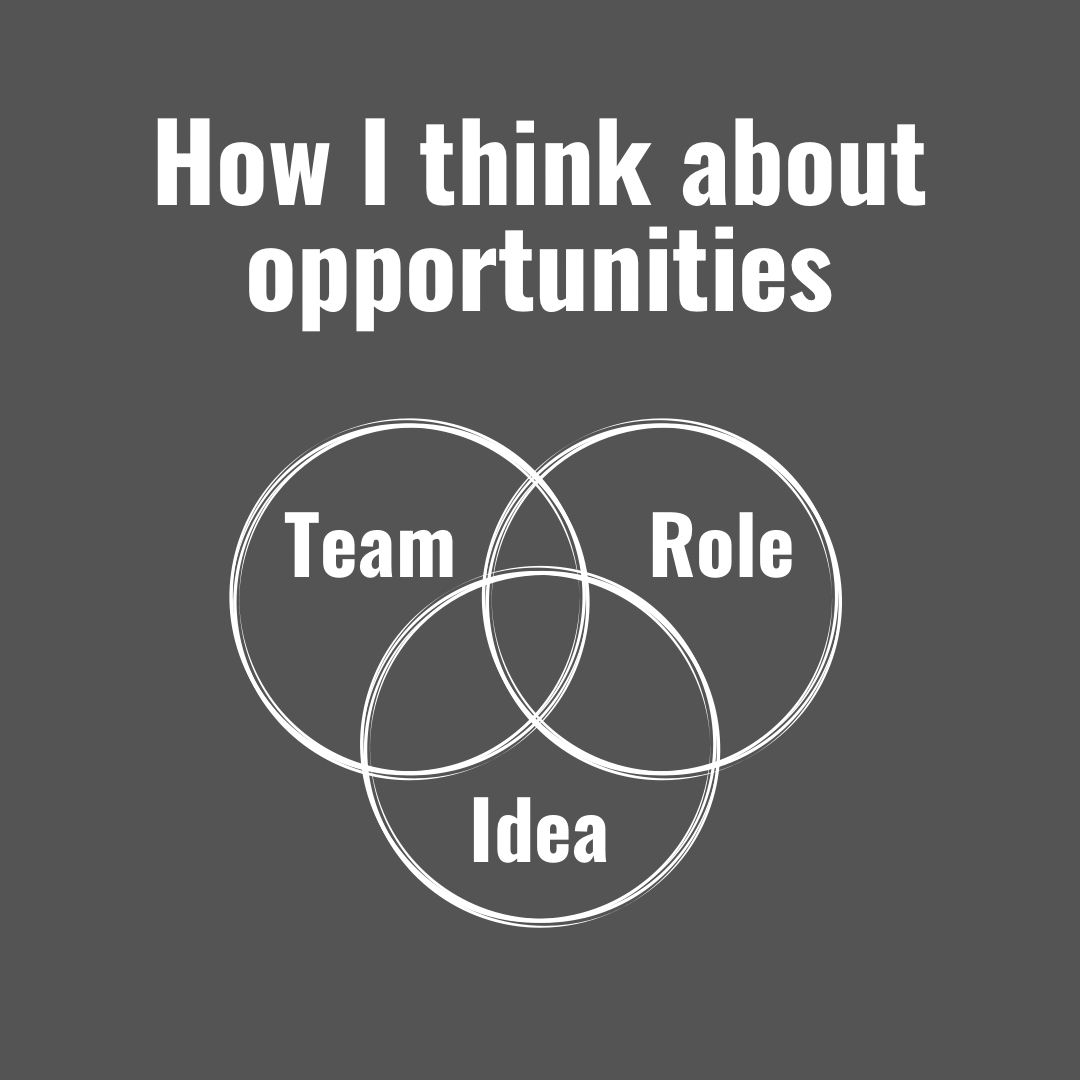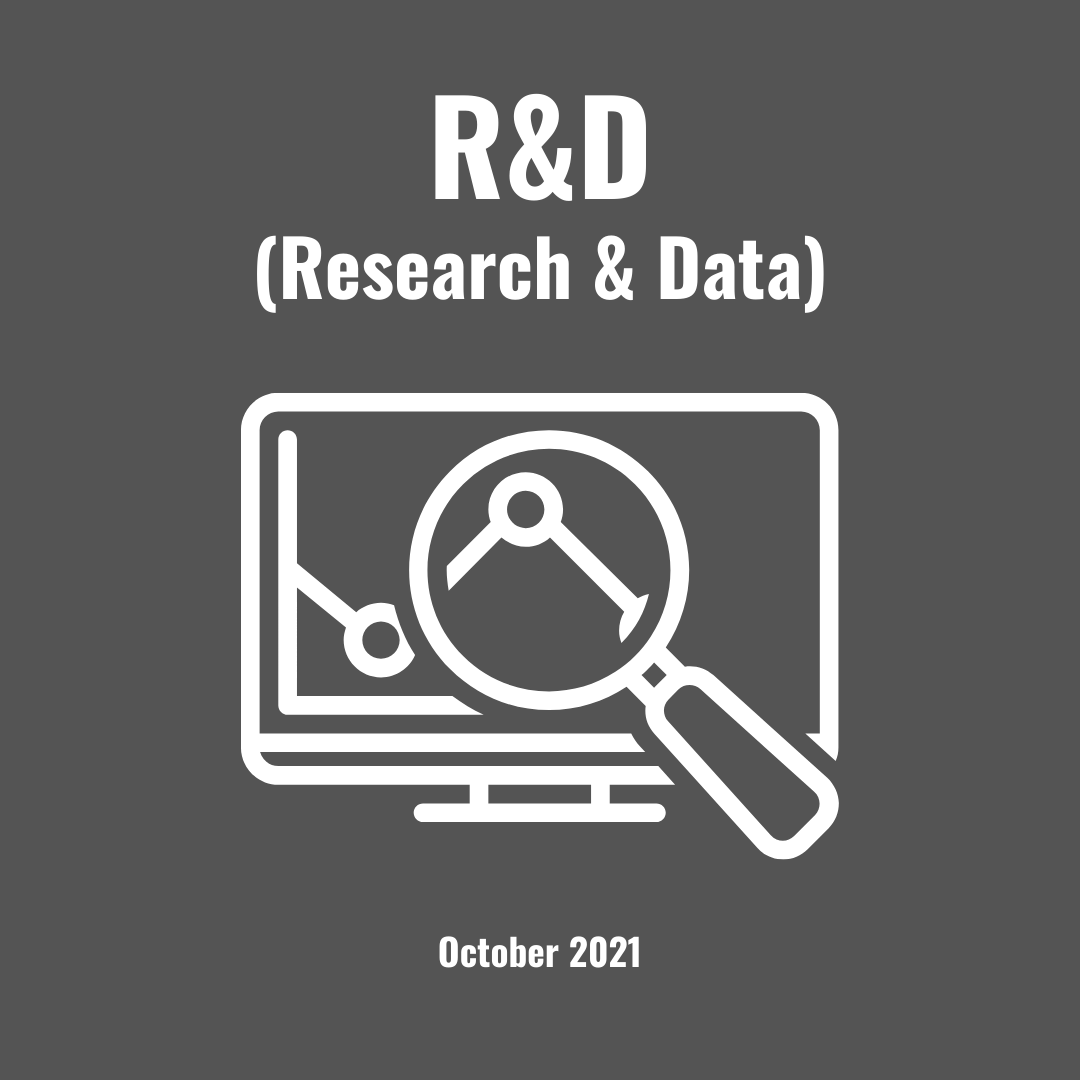Think Fast: What makes you better when others do it, too?
/This is important. Take two more seconds.
Let’s say you’re pitching an idea and receive the question above. You want to land your answer with 100% validity.
Tip: Showcase at least two of the following attributes and all three if possible :
IP. This can be a design, technique, formula, defensible patent, trademark, copyright, model, data set, code, and/or process that allows you to deliver what others cannot. Your special sauce. You want to be more than the best in an existing category. You want to be the only person or business that does what you do.
A valued product or service in a high-demand space. You have the ability to generate results unique to your competitor set. Think: How is what you’re marketing more capable, nimble, accurate, powerful, customer-focused, and/or equipped to operate at scale? How do you see the world differently? While it’s OK to mention price, your answer should show how you’re competing on value.
Relevant experience. You have a portfolio of evidence. Everyone does. If it’s not dense, at least you have a track record in something. Translate your something into a compelling reason to believe. If you’ve won before, show me how you’re positioned to win now.
An playful example: At Acme Amalgamated, we help commuters save time and energy. We are the only company to harness clean hydrogen power for lightweight jetpacks. Our patented design was developed by NASA engineers with a track record of safely launching and landing small rocket-powered vehicles navigated by humans. We are early stage and have already cut our customers’ average commute time by 50%. Our product is selling fast and at a price point similar to e-bikes. (Note: This paragraph was not generated by ChatGPT. The fictitious jetpack thing is mine.)
Your answer: Write it, draw it, unpack it, repack it, take it for a walk.
The prep exercise to identify and express your business or individual IP, value, and relevant experience tends to be harder than it looks. Most people struggle with it - including those who claim they don’t. It’s OK! And it’s OK to revise it based upon new breakthroughs and evidence.
Remember: You’re not generating revenue for being average. If you are, then it won’t last long and you’ll need to consult Tips 1-3 above.
This elevator is going one floor
Of course there’s more you could say. Anyone and many bots can generate words. There’s just no time. This is about putting in the hard thinking to say what must be said *in your unique voice*.
Then saying it.



























